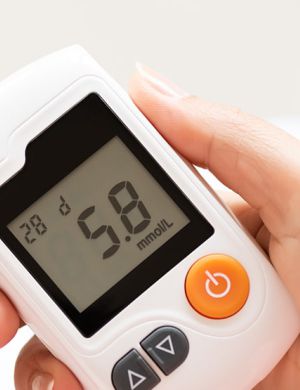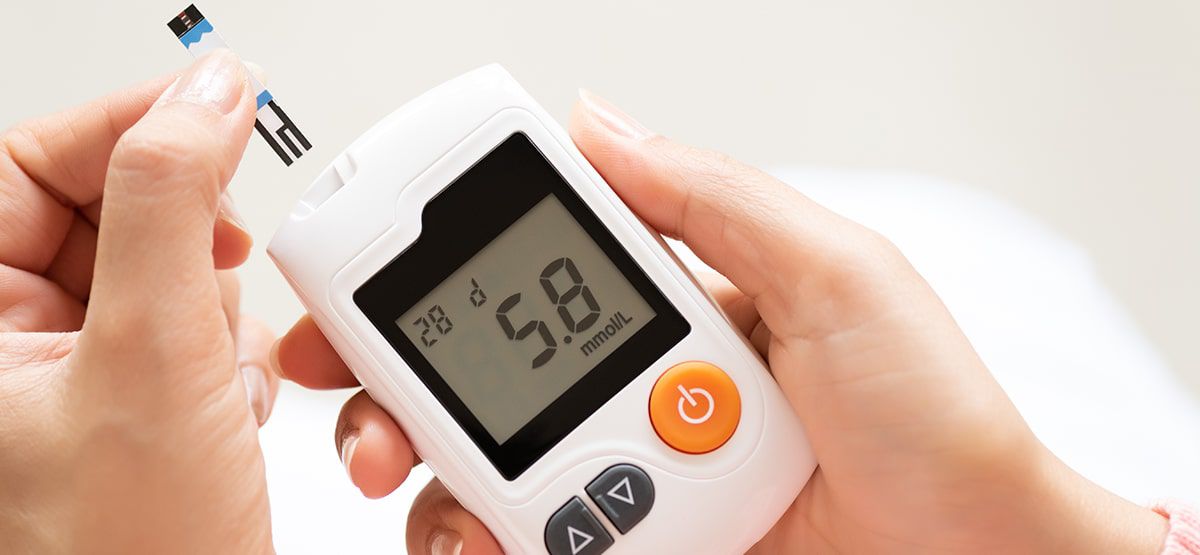
Labeling Requirements for Medical Devices
Labeling acquires a major part when it comes to ensuring the safety of those that are using it. The leading international standard ISO 13485:2016, pertaining to the quality systems of medical devices define label to be the instruction for use. It is really necessary to know the true meaning of labeling in order to understand the labeling requirements. This would be followed by the latest updates so as to remain in compliance with the recent regulations. In the process, we would be learning about the basic differences between the US FDA and EU MDR regulations. Additionally, we would be incorporating the EU and US regulatory requirements.
What is Labeling?
Any information that provides guidance to the patients or to their caregivers regarding the use of a device and its maintenance, safety usages and purpose then that is considered being the labeling of the device. It is really necessary to label each medical device to ensure that it functions according to the safety norms. As more patients are using the devices at the comfort of their home hence it becomes essential to create the labeling in a language that they can comprehend. This would lower the risk and ensure the safety and effectiveness of the device.
The labeling formats for medical devices vary from brochures, user manuals, leaflets to videotapes. In the instructions for use (IFU) device manufacturers generally forward the directions for setting up the device, operating and cleaning them. Labeling is important as well as a really critical procedure to accomplish. The criticality arises due to the increased number of regulations, the narrowing down of surveillance, language issues, and more audits.
US FDA and EU MDR Labeling Regulations:
The FDA describes Labeling regulations pertaining to medical devices in the following Parts of Title 21 of the Code of Federal Regulations (CFR):
- General Device Labeling – 21 CFR Part 801
- Use of Symbols – 21 CFR Part 801.15
- Investigational Device Exemptions – 21 CFR Part 812
- Unique Device Identification – 21CFR Part 830
The Medical Devices Regulation 2017/745/EU (MDR) have new requirements that ask for various kinds of information to be indicated on the label of medical devices.
Latest Labeling Updates:
Medical device labeling occupies an important position when it comes to this highly regulated industry. Amidst this, the Global Harmonization Task Force (GHTF) has recently adopted the system of Unique Device Identification (UDI) which intensifies the importance of labeling. The FDA too followed the steps to release its UDI guidelines along with International Medical Device Regulations Forum (IMDRF). The European Union (EU) published its Medical Device Regulations (MDR) in 2017 which was accompanied by such other announcements from various countries. The unique trend that has been initiated with the adoption of the UDI is offering a cost reduction for companies, saving their time and allowing them to gain competitive advantage.
Benefits the FDA UDI and EU MDR Regulations:
| FDA UDI Regulations | EU MDR Regulations |
| 1. Minimize Medical Errors | 1. Make devices traceable |
| 2. Offer easy integration of device usage information into the data systems. | 2. It makes the post-market safety-related activities more effective. |
| 3. Allows in easily tracking medical devices with adverse events. | 3. Advanced reporting of incidents |
| 4. It helps in resolving the reported issues faster. | 4. It provides corrective actions on safety for a particular field. |
| 5. Device recalls get resolved much faster with immense efficiency. | 5. Ensures that the competent authorities can monitor effectively. |
| 6. Focused on communicating the FDA’s safety measures effectively. | 6. Minimizes medical errors |
| 7. It provides a standardized format to input dates on a device label. | 7. It helps in fighting devices with false descriptions. |
| 8. Added Advantages | 8. Allows health institutions to enhance purchasing power, enhances policies for waste disposal and stock management. |
Conclusion:
With a continuous series of changes in Medical Device Labeling Requirements, manufacturers are finding it difficult to remain in compliance. The rising need for consumer safety requires better communication of the user details. The issues with labeling would persist until and unless it is solved in a systematic manner and with proper guidance.
Don’t miss out! Click here to stay in touch.
Categories
- Biopharma (58)
- Consumer Health (21)
- Cosmetics (11)
- Diagnostics (5)
- Digital Health (8)
- Food (2)
- Medical Device (112)
- OTC (5)
- Regulatory Intelligence (13)
- Standards (41)
Recent Blogs
Get the latest updates from Vistaar

Related Posts
CONNECT WITH US

Let's talk about how Vistaar can help you




